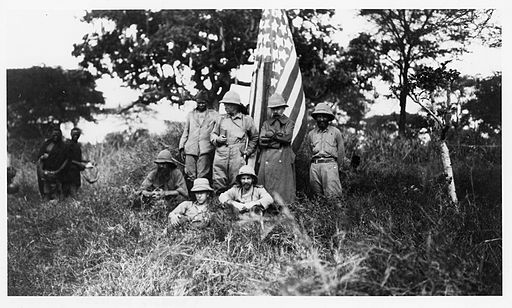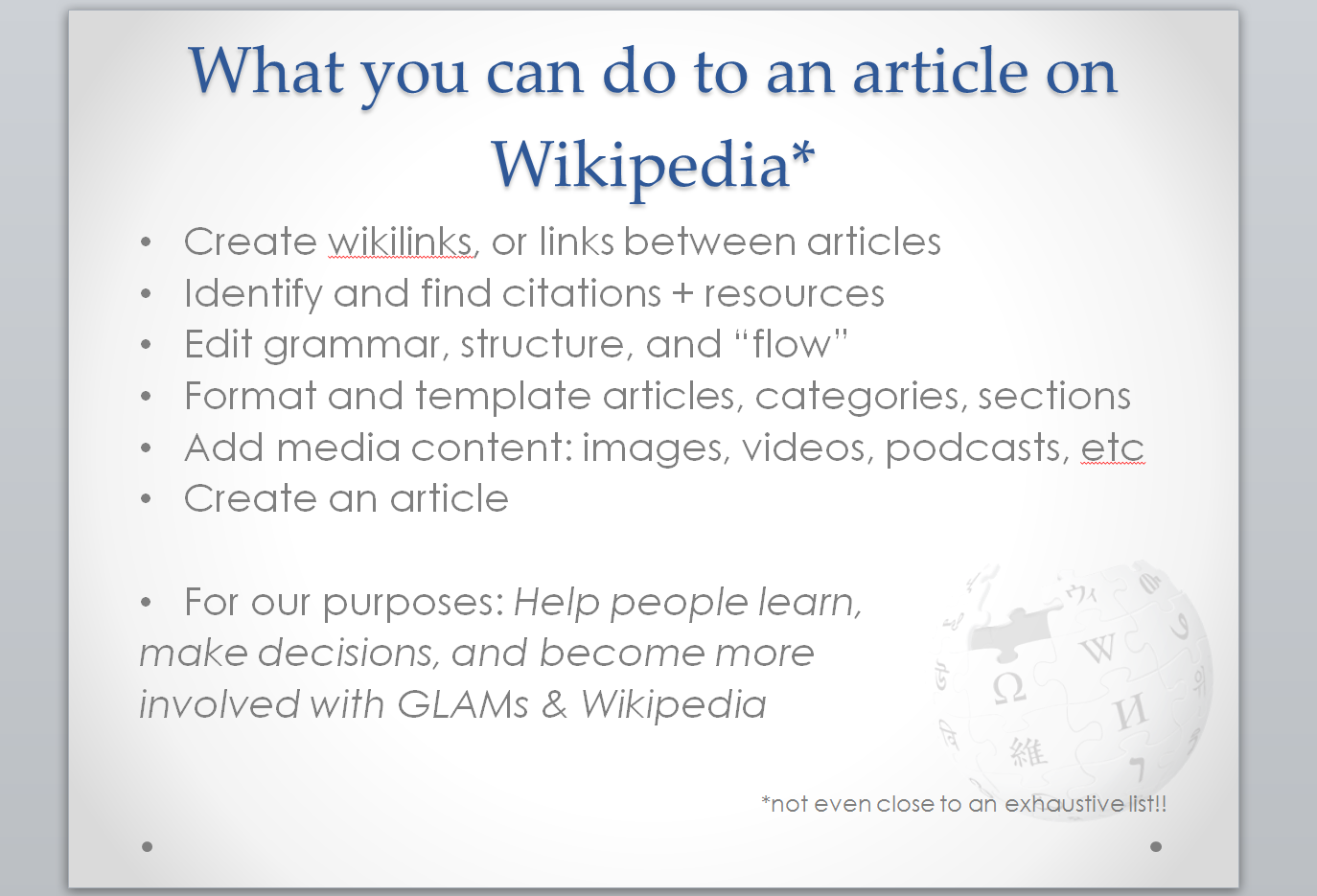Summarizing Outcomes: Expeditions & Explorers Wikipedia Edit-a-thon

This post summarizes the outcomes and experience of the June 21 Expeditions & Explorers Wikipedia Edit-a-thon, co-hosted by Smithsonian Institution Archives (SIA) and National Museum of Natural History (NMNH) for Field Book Project materials.
We believe the event helped to advance freely available knowledge by harnessing the power of the GLAM-wiki relationship. As a reminder, GLAM stands for Galleries, Libraries, Archives, and Museums and the cultural heritage collections that they steward. The advancing elements of the Expeditions & Explorers event were:
- catalyzing diffusion of knowledge through article creation,
- interlinking of existing articles, subjects, and categories,
- sharing and highlighting the accessibility of GLAM resources, including finding aids and digitized texts and images
- uploading Smithsonian Institution collections images to Wikimedia Commons
These tasks serve to improve Wikimedia projects, Wikipedia, as well as GLAM-Wikipedia relationships in several ways.
First, it offered participants a dynamic experience for experienced and inexperienced editors and civilian and museum professionals to bring a variety of skills and knowledge bases to play in unlocking the power of the crowd.
Secondly, the event activities were focused on learning, playing, and working with cultural heritage and scientific materials. This included an exclusive special collections tour and curated discussion and exposure to electronically available resources which allowed participants to understand the diversity of and relationships between Smithsonian Institution collections.
Finally, participants shared their experiences with others through social media; highlighting the ways in which they were having fun, while working on and exploring Wikipedia and the new transcription center. This can only encourage other to participate in future events.
Event Goals
The event was a success in relation to all of the stated goals. Here are several examples of specific ways in which the five goals were achieved:
1. “To encourage inexperienced editors and show them how they can contribute to Wikipedia”
Event participants included five new, inexperienced editors. Our event focused on showing them how they can contribute to Wikipedia
- through an editing tutorial
- helping them establish a Wikipedia user account
- providing best practice tips
- encouraging open discussion of how, when, and why to perform certain tasks on Wikipedia – as with this slide from the best practice tips
2. “To improve a selection of Wikipedia articles related to scientists and expeditions”
- We identified five existing articles about scientists and expeditions and asked participants to improve these articles.
- We also identified four expeditions and scientists who were not represented on Wikipedia and asked participants to help make articles for them.
- This resulted in expansion of seven existing articles and creation of four new articles, as well as wikilinking between existing and new articles, for a more robust web of knowledge
Updated Articles:
- Theodore Roosevelt
- A. S. Hitchcock
- Mary Agnes Chase
- Edward Palmer (botanist)
- Edgar Alexander Mearns
- United States and Mexican Boundary Survey
- Edmund Heller
Newly created Articles
3. “To make Smithsonian-held materials more openly linked”
- Within our Expeditions & Explorers to-do list, we provided Smithsonian Institution resources and electronic records
- We linked at least 15 Smithsonian Institution materials within and to at least nine articles.
4. “To test a new transcribing tool to make our field books more findable and useful”
We invited participants to test the Smithsonian Digital Volunteers Transcription Center and also gathered feedback and discussed the tool with participants
5. “To increase awareness of the research resources freely available through libraries, archives, and museums”
- We believe we achieved this goal not only through the pre-event work in providing resources for articles and the during-event work of editing from specific GLAM resources,
- But also by tweeting about and sharing progress on our event goals during and after the event, with further reports to follow
See posts by my fellow edit-a-thon facilitators Carolyn Sheffield and Effie Kapsalis for perspectives and observations on the edit-a-thon; the Field Book Project blog and the SIA Bigger Picture blog, respectively. The next steps for my analysis include moving through the work to explore the collaborative production of knowledge occurring around these materials – then developing the next Wikipedia edit-a-thon event.
Remember, you can always participate in Wikipedia edit-a-thons remotely – many events are happening daily and “anyone can edit,” so please join in and help build knowledge where you can.
Featured image via Wikimedia Commons (public domain, held with SIA)

